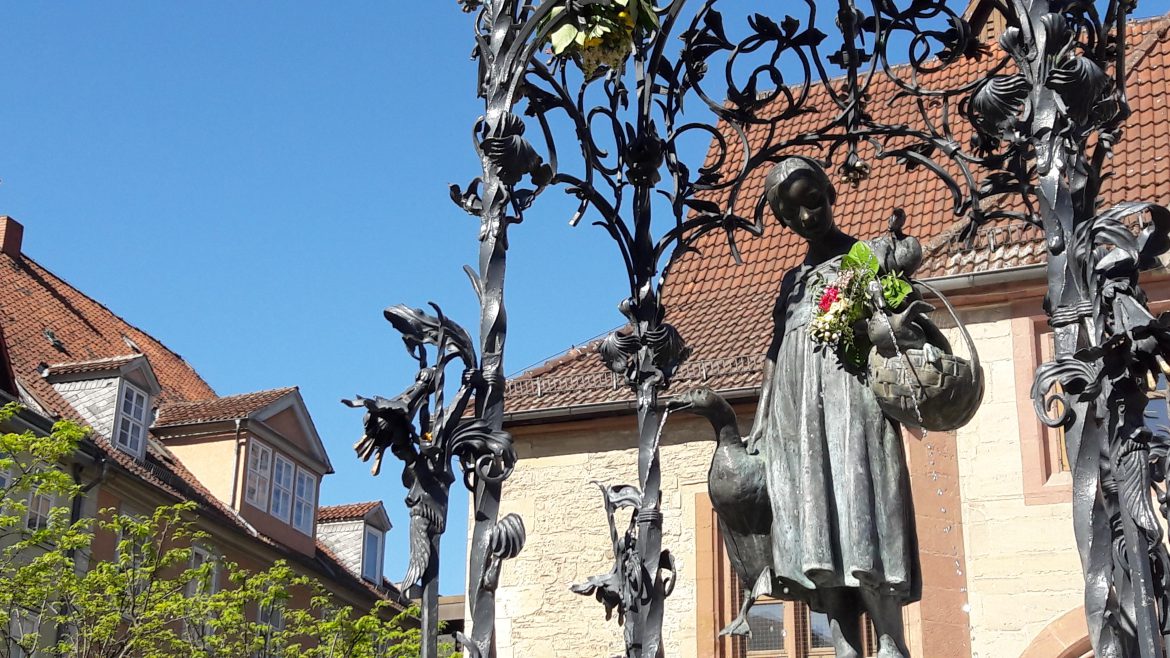Brian Marks passed away in Niles, Illinois. Funeral Home Services for Brian are being provided by Chicago Jewish Funerals. The obituary was featured in.

This post is regarding the note G of your alphabet. The notice ‘G’ was released inside the Outdated Latin period of time like a variant of ‘C’ to distinguish voiced /g/ from voiceless /k/. The recorded originator of ‘G’ is freedman Spurius Carvilius Ruga, the initial Roman to open a payment-spending school, who trained around 230 BC. At the moment, ‘K’ got decreased from love, and ‘C’, that have previously depicted equally /g/ and /k/ well before wide open vowels, possessed come to express /k/ in every environments.
- The Biodiversity Heritage Library works collaboratively to make biodiversity literature openly available to the world as part of a global biodiversity community.
- Site Influence on Growth and Phenotype of Teak (Tectona grandis Linn. F.) in Natural Forests of Myanmar (163 p.). PhD Dissertation, Göttingen: Der Georg-August-Universität Göttingen, Cuvillier Verlag. 13 Lamprecht, H. Silviculture in the Tropics: Tropical Forest Ecosystems and Their Tree Species—Possibilities.
- G5 Entertainment – The Developer and Publisher of Casual and Free-to-Play games for iPhone, iPad, Android, Google Play, Kindle Fire, Windows and Mac.
- Let’s get started - please select a site: I have service in New Jersey. I have service in Long Island or The Rockaways, NY.
Ruga’s positioning of ‘G’ shows that alphabetic buy relevant to the letters’ beliefs as Greek numerals had been a problem even just in the third century BC. As outlined by some records, the original 7th message, ‘Z’, had been purged through the Latin alphabet fairly previously inside the 3rd century BC by the Roman censor Appius Claudius, who thought it was distasteful and unfamiliar. Sampson (1985) suggests that: “Clearly the order of the alphabet was noticed being such a definite point that the new note could be added in the center only when a ‘space’ was created from the losing of the outdated notice.”
Hempl (1899) suggests there by no means was this type of “area” inside the alphabet and this in fact ‘G’ had been a primary descendant of zeta. Zeta required styles like in a few of the Aged Italic scripts; the creation of the monumental kind ‘G’ from this shape could be specifically parallel to the development of ‘C’ from gamma. He implies that the pronunciation /k/ > /g/ was because of toxic contamination through the also related-looking ‘K’.


Gradually, equally velar consonants /k/ and /g/ produced palatalized allophones prior to top vowels; for that reason in today’s Romantic relationships languages, c and g have diverse audio beliefs depending on perspective (called difficult and soft C and difficult and soft G). As a result of French affect, British orthography reveals this feature.
The present day lowercase ‘g’ has two typographic variations: the single-story (often opentail) ‘Opentail g.svg’ and the increase-tale (at times looptail) ‘Looptail g.svg’. The only-tale develop gets from your majuscule (uppercase) form by rearing the serif that differentiates it from ‘c’ to the peak from the loop, as a result shutting the loop, and increasing the straight cerebrovascular accident downwards and left. The double-tale kind (g) possessed created in the same way, except that some ornate varieties then extensive the tail rear on the right, and left again, generating a closed dish or loop. The original extension to the left was distributed around top of the shut bowl. To be able to set far more collections on a webpage, the twice-story version started to be popular when stamping switched to “Roman sort” as the tail was successfully reduced. Inside the dual-story model, a little best cerebrovascular event from the top-proper, frequently terminating inside an orb design, is named an “ear”.
Usually, the two types are contrasting, but occasionally the visible difference has become exploited to deliver compare. The 1949 Guidelines of the International Phonetic Connection recommends employing Opentail g.svg for sophisticated voiced velar plosives (denoted by Latin little notice script G) and Looptail g.svg for regular versions in which the two are contrasted, but this suggestion was never acknowledged by phoneticians on the whole,[5] now ‘Opentail g.svg’ is the sign employed in the Overseas Phonetic Alphabet, with ‘Looptail g.svg’ identified for an satisfactory version and a lot more frequently found in published components.


Most Love dialects plus some Nordic languages likewise have two primary pronunciations for g tough, soft and As the delicate value of g can vary in numerous Romantic relationships different languages ( in Portuguese and French, [(d) ] in Catalan, /d/ in Italian and Romanian, and /x/ in many dialects of Spanish), in all of the other than Romanian and Italian, smooth g has got the same pronunciation because the j.
In Romanian and Italian, gh can be used to signify /g/ before entrance vowels where g would certainly signify a soft importance. In French and Italian, gn can be used to symbolize the palatal nose, a sound fairly similar to in British canyon. In Italian, the trigraph gli , when showing before a vowel or as the write-up and pronoun gli, signifies the palatal lateral approximation.
Other dialects typically use g to symbolize /g/ irrespective of place.
G Classroom
Between European languages Dutch, Czech and Finnish are an exception to this rule while they do not have /g/ in their local words and phrases. In Dutch g signifies a voiced velar fricative as an alternative, a sound that does not happen in modern British, however, there is a dialectal variation: a lot of Netherlandic dialects utilize a voiceless fricative as an alternative, and then in southern dialects it could be palatal. Nevertheless, expression-ultimately it is always voiceless in all dialects, like the regular Dutch of Belgium as well as the Netherlands. Alternatively, some dialects (like Amelands), may have a phonemic /g/.
G-eazy
Resources:
https://www.google.com/
https://en.wikipedia.org/wiki/G
http://www.thefreedictionary.com/G
http://go.com/
http://www.dictionary.com/browse/g
http://www.bing.com/images/search?q=g&qpvt=g&qpvt=g&qpvt=g&FORM=IGRE